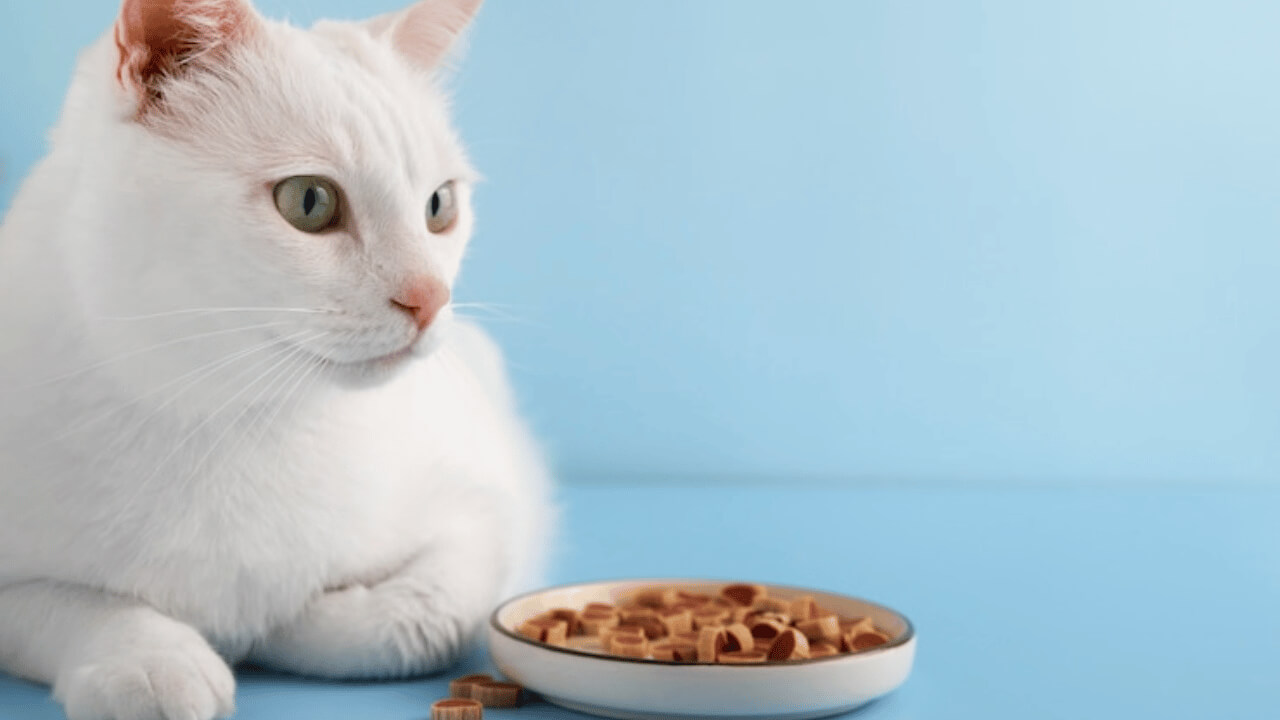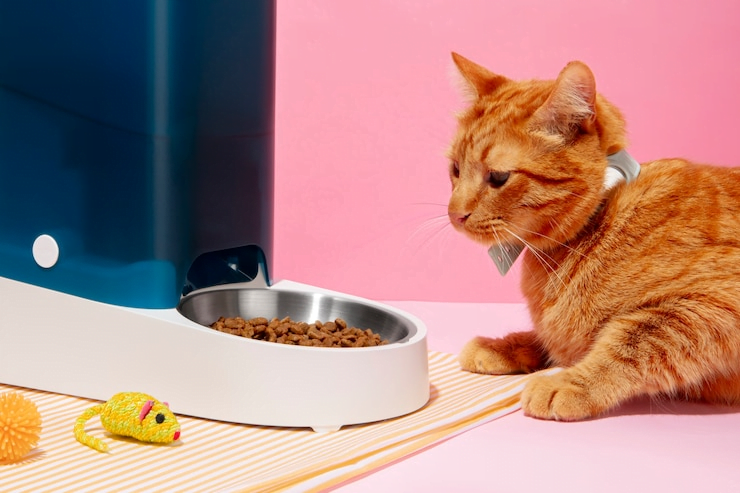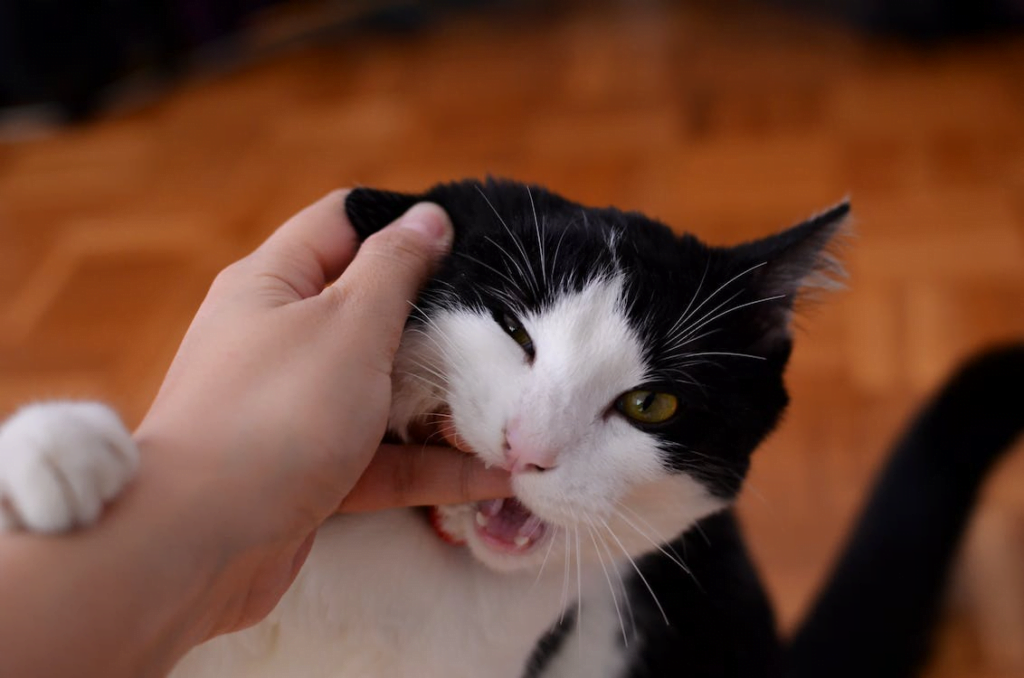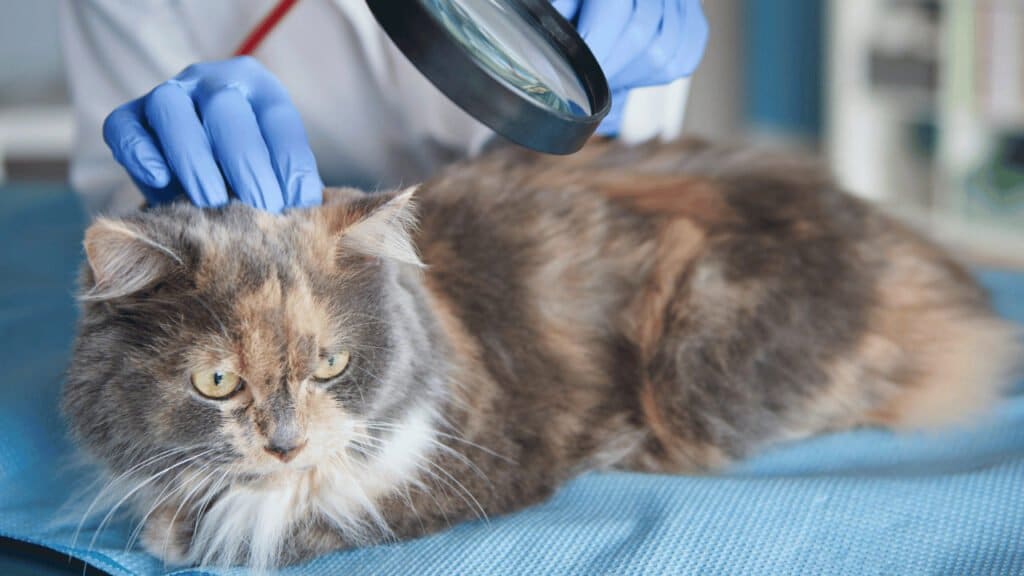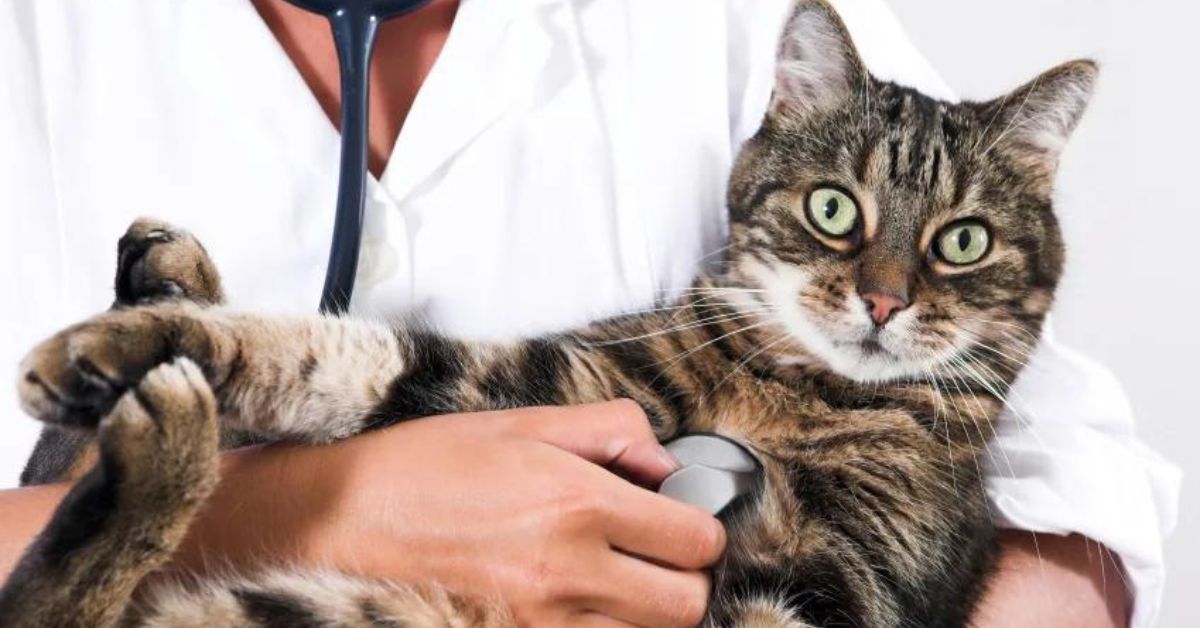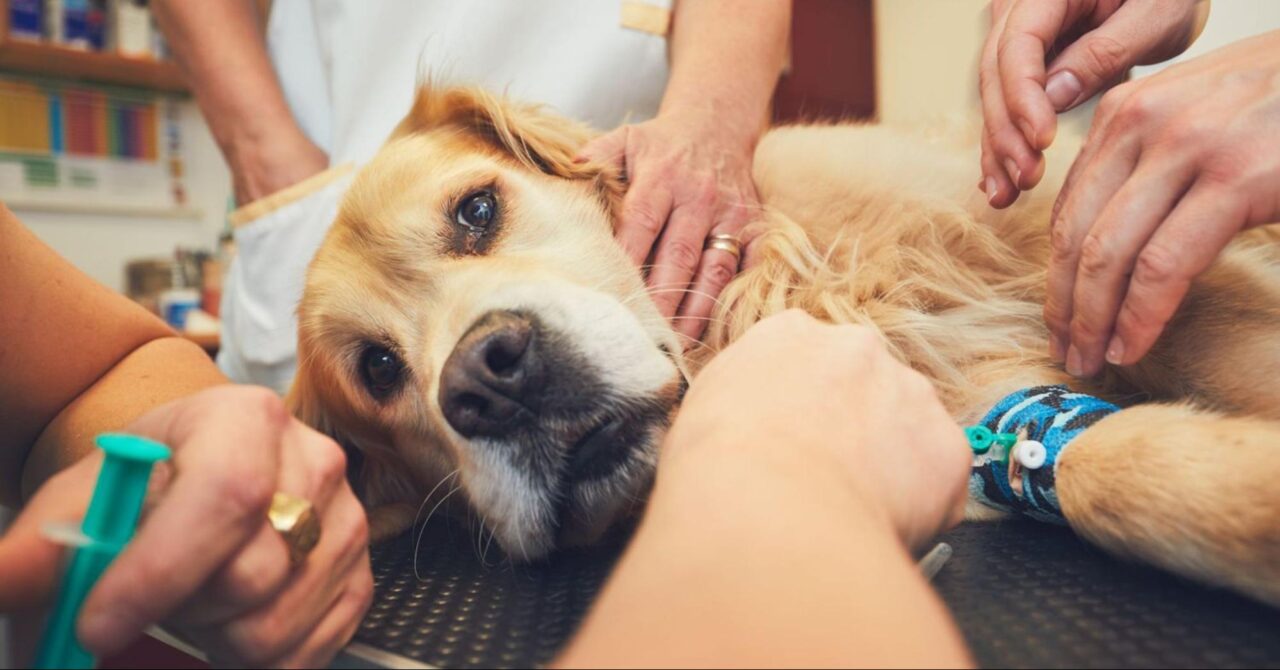When to Euthanize Kidney Failure in Cats is a distressing and often inevitable consequence of aging, with chronic kidney disease (CKD) being one of the most common ailments in senior felines. As the kidneys progressively lose functionality, affected cats may suffer from a range of debilitating symptoms, including weight loss, vomiting, dehydration, and lethargy.
This gradual decline puts cat owners in an incredibly difficult position—balancing between providing a quality life and making the heart-wrenching decision to opt for euthanasia. Understanding when the time is right to say goodbye requires careful consideration of the cat’s quality of life, pain levels, and overall wellbeing.
This sensitive topic demands thoughtful deliberation and compassionate guidance from veterinary professionals, ensuring that the decision made respects both the pet’s dignity and the owner’s emotional state.
When to Euthanize Kidney Failure in Cats?
When to Euthanize Kidney Failure in Cats, particularly chronic kidney disease (CKD), is a common yet heart-wrenching condition. As the disease progresses, cats may exhibit symptoms like severe weight loss, persistent vomiting, dehydration, and profound lethargy, leading to a significantly diminished quality of life.
Determining when to euthanize a cat with kidney failure is a deeply personal decision, guided by the pet’s overall comfort and wellbeing. Key indicators include unmanageable pain, refusal to eat, extreme fatigue, and the inability to enjoy normal activities.
Consulting with a compassionate veterinarian can help owners evaluate these factors and make an informed, loving choice, ensuring the cat’s final moments are peaceful and dignified, prioritizing their welfare amidst a difficult situation.
How Long Can a Cat Live With Kidney Disease?
Chronic kidney disease (CKD) is a progressive condition, meaning it gets worse over time. The life expectancy of a cat diagnosed with CKD varies significantly based on the disease’s stage and the treatment’s effectiveness.
- Early Stages: Cats diagnosed in the early stages of CKD can live for several years with proper care and treatment. Regular veterinary check-ups, a specialized diet, and medications to manage symptoms can extend their lives and improve their quality of life.
- Mid to Late Stages: Life expectancy may be shorter for cats in the mid to late stages, ranging from several months to a few years. Managing symptoms becomes more challenging as kidney function continues to decline.
- End Stage: In the final stage of CKD, when kidney failure is imminent, the focus shifts to palliative care. Cats in this stage may only have weeks to months left, and their quality of life is a primary concern.
How To Know When to Euthanize a Cat With Kidney Disease?
Deciding when to euthanize a cat with kidney failure is a profoundly personal and emotional decision. Here are some key factors to consider: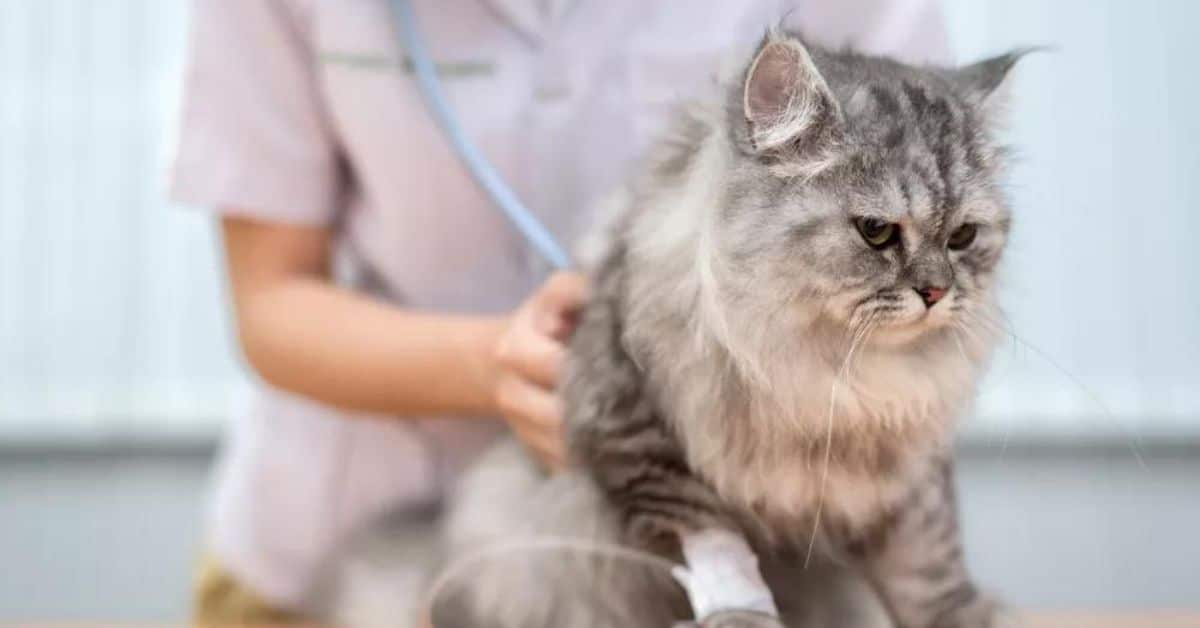
- Quality of Life: Assess your cat’s overall well-being. Are they experiencing more bad days than good ones? Can they still enjoy their favorite activities, or are they primarily lethargic and withdrawn?
- Symptoms: Chronic kidney disease can cause significant discomfort and pain. Look for signs such as severe weight loss, persistent vomiting, and difficulty moving due to weakened back legs.
- Veterinary Advice: Consult with your veterinarian. They can provide insights into your cat’s condition, recommend treatment options, and help you understand when euthanasia might be the most humane choice.
Signs of Kidney Failure in Cats: What to Look Out For
Recognizing the early signs of kidney failure can lead to prompt diagnosis and better disease management. Symptoms to watch for include:
- Increased Thirst and Urination: One of the earliest signs of kidney disease is increased water intake and more frequent urination. This occurs because the kidneys are no longer able to concentrate urine effectively.
- Weight Loss and Poor Appetite: Cats with kidney failure often lose weight due to a reduced appetite. They may also appear less interested in food and show signs of malnutrition.
- Lethargy and Weakness: A cat suffering from kidney failure may become increasingly lethargic and weak. You might notice them sleeping more and being less active overall.
Diagnosing Kidney Failure in Cats: The Importance of Early Detection
Early detection of kidney failure is crucial for managing the disease effectively. Veterinary professionals use several methods to diagnose CKD:
- Blood Tests: Blood tests can reveal elevated levels of waste products like urea and creatinine, which indicate a decline in kidney function.
- Urine Tests: A urinalysis can help assess how well the kidneys are concentrating urine and detect the presence of protein, a sign of kidney damage.
- Imaging: Ultrasounds and X-rays can visually evaluate the kidneys, helping identify abnormalities and the extent of damage.
Treatment Options for Managing Kidney Failure in Cats
While there is no cure for chronic kidney disease, several treatments can help manage symptoms and improve your cat’s quality of life:
- Dietary Changes: A specialized diet low in phosphorus and protein can reduce the kidney workload and slow disease progression. Many veterinary diets are formulated specifically for cats with kidney disease.
- Medications: Various medications can help manage symptoms and complications of CKD. These may include drugs to control blood pressure, reduce nausea, and stimulate appetite.
- Fluid Therapy: Subcutaneous fluids can help prevent dehydration, a common issue in cats with kidney failure. Administering fluids at home can be a vital part of managing the disease.
Quality of Life Analysis Factors to Consider When Deciding on Euthanasia
Evaluating your cat’s quality of life is essential when considering euthanasia. Here are some factors to keep in mind:
- Pain and Discomfort: Assess whether your cat is experiencing significant pain or discomfort. Chronic kidney disease can cause a range of distressing symptoms, from nausea to muscle weakness.
- Mobility: Can your cat move around comfortably, or are they struggling due to weakened back legs and other symptoms of kidney failure?
- Happiness: Is your cat still able to engage in activities they enjoy, such as playing, grooming, and interacting with family members?
When to Euthanize a Cat with Kidney Failure?
Deciding to euthanize is never easy, but sometimes, it is the most compassionate choice. Here are some guidelines to help you through the process:
- Veterinary Consultation: Seek the advice of your veterinarian. They can provide professional insights into your cat’s condition and help you understand when euthanasia may be the most humane option.
- Personal Feelings: Trust your instincts. You know your cat better than anyone else. If you feel that their quality of life has diminished significantly, it may be time to consider euthanasia.
- Support System: Lean on friends, family, and support groups for emotional support during this difficult time. Talking through your feelings can help provide clarity.
Can You Let Your Cat with Kidney Failure Die Naturally?
Allowing a cat to die naturally can be an option for some pet owners, but it comes with considerations: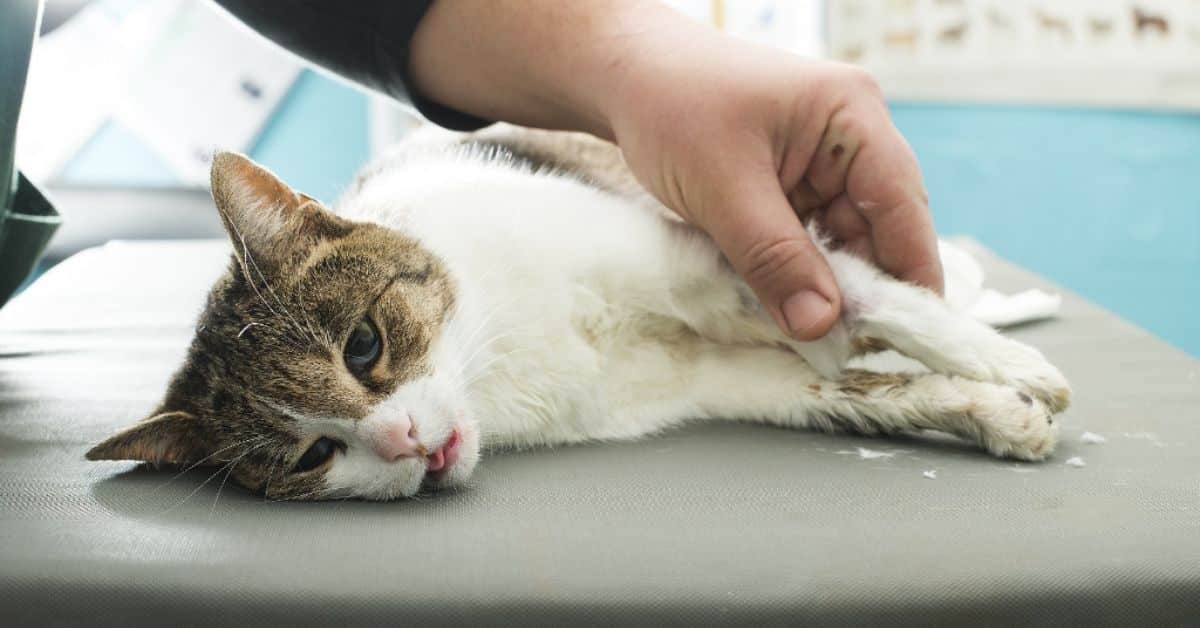
- Comfort and Pain Management: Ensure your cat is as comfortable as possible. This may involve providing pain relief and managing symptoms like nausea and dehydration.
- Monitoring: Keep a close eye on your cat’s condition. Natural death can be unpredictable, and you may need to decide on euthanasia if your suffering becomes too great.
- Veterinary Support: Maintain regular communication with your veterinarian. They can help you manage your cat’s symptoms and provide guidance on when euthanasia might be necessary.
Coping with Grief Resources for Pet Owners
Losing a beloved pet is an emotional experience. Here are some resources to help you cope with grief:
- Support Groups: Join online or local support groups to share your feelings and connect with others who understand what you’re going through.
- Counseling: Consider talking to a grief counselor who specializes in pet loss. They can provide personalized support and strategies for coping with your emotions.
- Memorializing Your Pet: Creating a memorial for your cat, such as a scrapbook or a particular spot in your home, can help you honor their memory and process your grief.
Conclusion
Kidney failure in cats is challenging for both the pets affected and their owners. By understanding the symptoms, treatment options, and factors to consider when making end-of-life decisions, you can provide the best possible care for your feline friend. Remember, you are not alone on this journey.
Seek support from veterinary professionals, friends, family, and pet loss support groups to help you through this difficult time. Consider booking a consultation with one of our experienced veterinarians for more personalized advice and assistance. They can help you manage your cat’s kidney disease and make informed decisions about their care.
FAQ
How do you know when to put a cat down with kidney disease?
When your main veterinarian diagnoses a fatal illness in your cat, such as cancer or renal failure, and the cat’s quality of life has significantly declined, you will know it is time to put your pet to sleep. Significant weight loss, trouble moving, and ongoing respiratory issues are possible.
How long before kidney failure kills a cat?
The typical life expectancy for cats with Stage III illness is six to eighteen months. Regretfully, cats diagnosed with Stage IV illness often have a month or two to survive.
What is the last stage of kidney failure before death?
The last, irreversible stage of chronic kidney disease, known as end-stage renal failure or end-stage renal disease (ESRD), occurs when kidney function has decreased to the point where the kidneys are no longer able to operate independently.

